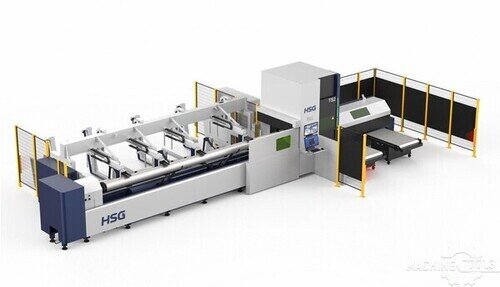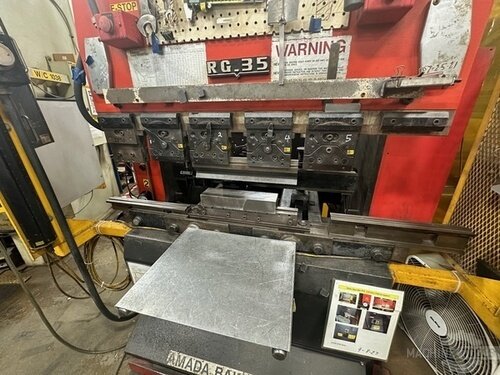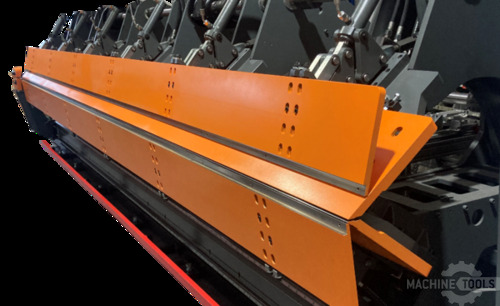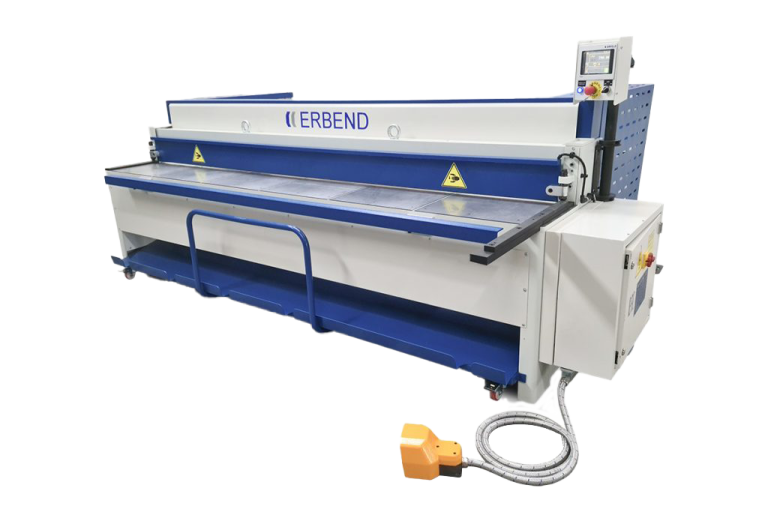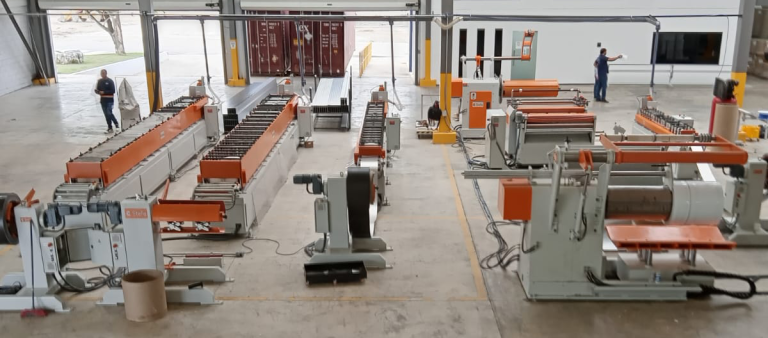In the ever-evolving landscape of metal fabrication, fiber laser technology has emerged as a game-changer, particularly in the realm of flat sheet cutting. This advanced technology offers unparalleled precision, speed, and efficiency, making it a preferred choice for many industries. Understanding the intricacies of fiber laser systems and their applications can help manufacturers make informed decisions that enhance productivity and profitability. This article delves into the key aspects of fiber laser technology, its components, advantages, and the industries that benefit the most from its implementation.
Introduction to Fiber Laser Technology for Cutting
Fiber laser technology represents a significant advancement in the field of laser cutting. Unlike traditional CO2 lasers, fiber lasers use optical fibers doped with rare-earth elements to generate a high-intensity laser beam. This beam is then directed through a flexible fiber optic cable to the cutting head, where it is focused onto the material. The result is a highly concentrated and precise cutting tool that can handle a wide range of materials with exceptional accuracy.
One of the primary reasons fiber lasers have gained popularity is their efficiency. They convert electrical energy into laser light with an efficiency rate of up to 30%, compared to the 10-15% efficiency of CO2 lasers. This not only reduces energy consumption but also lowers operational costs, making fiber lasers a cost-effective solution for many manufacturers. Additionally, fiber lasers require less maintenance and have a longer lifespan, further contributing to their cost-effectiveness.
The versatility of fiber lasers is another key advantage. They can cut through various materials, including stainless steel, aluminum, brass, and copper, with ease. This makes them suitable for a wide range of applications, from automotive and aerospace to electronics and medical devices. The ability to cut reflective materials without the risk of back reflections damaging the laser source is a significant benefit that sets fiber lasers apart from other cutting technologies.
Moreover, fiber lasers offer superior cutting speeds and precision. The high power density of the laser beam allows for faster cutting speeds, which translates to increased productivity. The precision of the cuts ensures minimal material wastage and high-quality finishes, reducing the need for secondary processing. These attributes make fiber lasers an invaluable tool for manufacturers looking to optimize their operations and achieve higher levels of efficiency.
Key Components of Fiber Laser Systems
A fiber laser system comprises several critical components that work together to deliver precise and efficient cutting performance. The laser source, typically a fiber laser oscillator, is the heart of the system. It generates the laser beam by exciting the doped optical fibers with a high-power pump diode. The quality and stability of the laser source are crucial for achieving consistent cutting results.
The beam delivery system is another essential component. It consists of a flexible fiber optic cable that transmits the laser beam from the source to the cutting head. This flexibility allows for greater maneuverability and precision in directing the laser beam onto the material. The cutting head itself is equipped with a focusing lens that concentrates the laser beam to a fine point, ensuring accurate and clean cuts.
Cooling systems are vital for maintaining the performance and longevity of fiber laser systems. The high-intensity laser beam generates significant heat, which needs to be dissipated to prevent damage to the components. Advanced cooling systems, often using water or air, ensure that the laser source and other critical parts remain within optimal temperature ranges, thereby enhancing the system’s reliability and lifespan.
Control systems and software play a pivotal role in the operation of fiber laser systems. Modern fiber lasers are equipped with sophisticated control units that allow for precise adjustments of cutting parameters, such as power, speed, and focus. These systems often feature user-friendly interfaces and advanced software that enable operators to program complex cutting patterns and optimize the cutting process for different materials. The integration of automation and real-time monitoring further enhances the efficiency and accuracy of fiber laser cutting.
STEFA LCS3
Advantages of Fiber Lasers in Flat Sheet Cutting
Fiber lasers offer numerous advantages over traditional cutting methods, making them an ideal choice for flat sheet cutting applications. One of the most significant benefits is their high cutting speed. The concentrated laser beam can cut through materials much faster than mechanical cutting tools or CO2 lasers, leading to increased productivity and shorter lead times.
Another advantage is the precision and quality of the cuts. Fiber lasers produce a narrow kerf width, which minimizes material wastage and ensures clean, burr-free edges. This high level of precision reduces the need for secondary finishing processes, saving both time and resources. The ability to achieve intricate and complex cuts with ease makes fiber lasers suitable for applications that demand high accuracy and detail.
Fiber lasers are also known for their low operational costs. Their high energy efficiency translates to lower electricity consumption, and their minimal maintenance requirements reduce downtime and maintenance expenses. Additionally, fiber lasers have a longer operational life compared to CO2 lasers, providing a better return on investment over time. These cost-saving benefits make fiber lasers an attractive option for manufacturers looking to optimize their production processes.
The versatility of fiber lasers is another key advantage. They can cut a wide range of materials, including metals, plastics, and composites, with varying thicknesses. This flexibility allows manufacturers to use a single cutting system for multiple applications, reducing the need for different machines and simplifying the production process. The ability to cut reflective materials without the risk of damaging the laser source further enhances the versatility and reliability of fiber lasers.
Applications and Industries Benefiting from Fiber Lasers
Fiber laser technology has found widespread adoption across various industries due to its versatility and efficiency. In the automotive industry, fiber lasers are used for cutting and welding components with high precision, contributing to the production of lightweight and durable vehicles. The aerospace industry also benefits from fiber lasers, as they enable the cutting of complex shapes and intricate designs required for aircraft components.
The electronics industry is another sector that has embraced fiber laser technology. The ability to cut and engrave small, precise components makes fiber lasers ideal for manufacturing electronic devices and circuit boards. The medical industry also relies on fiber lasers for producing surgical instruments and medical devices with high accuracy and minimal thermal damage to the materials.
In the architectural and construction industries, fiber lasers are used for cutting metal sheets and plates for structural components and decorative elements. The precision and speed of fiber lasers enable the efficient production of custom designs and intricate patterns, enhancing the aesthetic appeal and functionality of buildings and structures. The ability to cut a wide range of materials, including stainless steel, aluminum, and copper, makes fiber lasers a valuable tool for these industries.
The versatility and efficiency of fiber lasers have also made them popular in the manufacturing of consumer goods. From household appliances to furniture, fiber lasers are used to cut and engrave various components with high precision and quality. The ability to achieve intricate designs and patterns allows manufacturers to create unique and customized products that meet the demands of modern consumers.
FAQ
What materials can fiber lasers cut?
Fiber lasers can cut a wide range of materials, including stainless steel, aluminum, brass, copper, plastics, and composites.
How do fiber lasers compare to CO2 lasers in terms of efficiency?
Fiber lasers are more efficient than CO2 lasers, with an energy conversion rate of up to 30%, compared to 10-15% for CO2 lasers.
What are the maintenance requirements for fiber lasers?
Fiber lasers require minimal maintenance compared to CO2 lasers. They have fewer moving parts and a longer operational life, reducing downtime and maintenance costs.
Can fiber lasers cut reflective materials?
Yes, fiber lasers can cut reflective materials such as aluminum and copper without the risk of back reflections damaging the laser source.
What industries benefit the most from fiber laser technology?
Industries such as automotive, aerospace, electronics, medical, architectural, and consumer goods manufacturing benefit significantly from fiber laser technology.
How does the precision of fiber lasers impact production?
The high precision of fiber lasers ensures clean, burr-free cuts, reducing the need for secondary finishing processes and improving overall production efficiency.
Are fiber lasers cost-effective?
Yes, fiber lasers are cost-effective due to their high energy efficiency, low maintenance requirements, and long operational life, providing a better return on investment over time.
Fiber laser technology has revolutionized the field of flat sheet cutting, offering unmatched precision, speed, and versatility. By understanding the key components and advantages of fiber lasers, manufacturers can make informed decisions that enhance their productivity and profitability. If you’re interested in exploring how fiber laser technology can benefit your operations, don’t hesitate to reach out for expert advice and support.
Get Weekly Mac-Tech News & Updates


